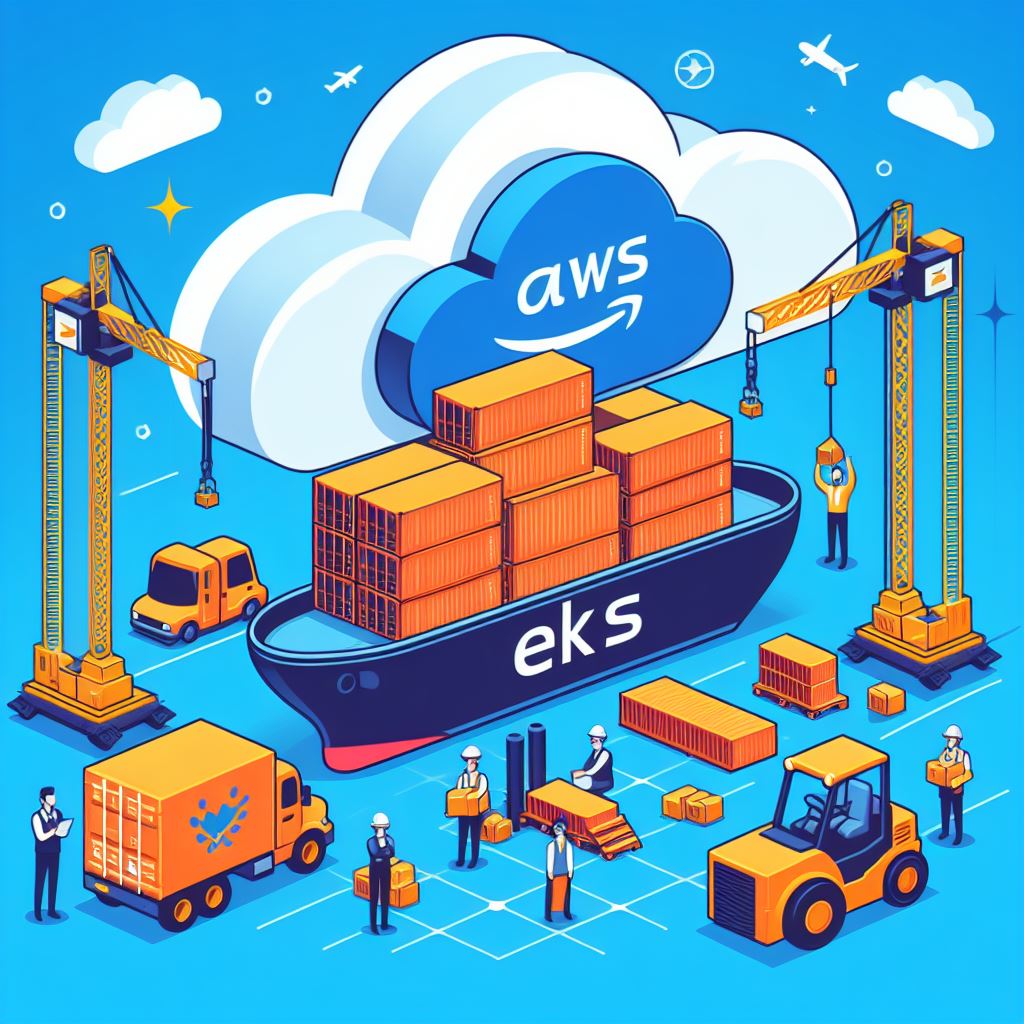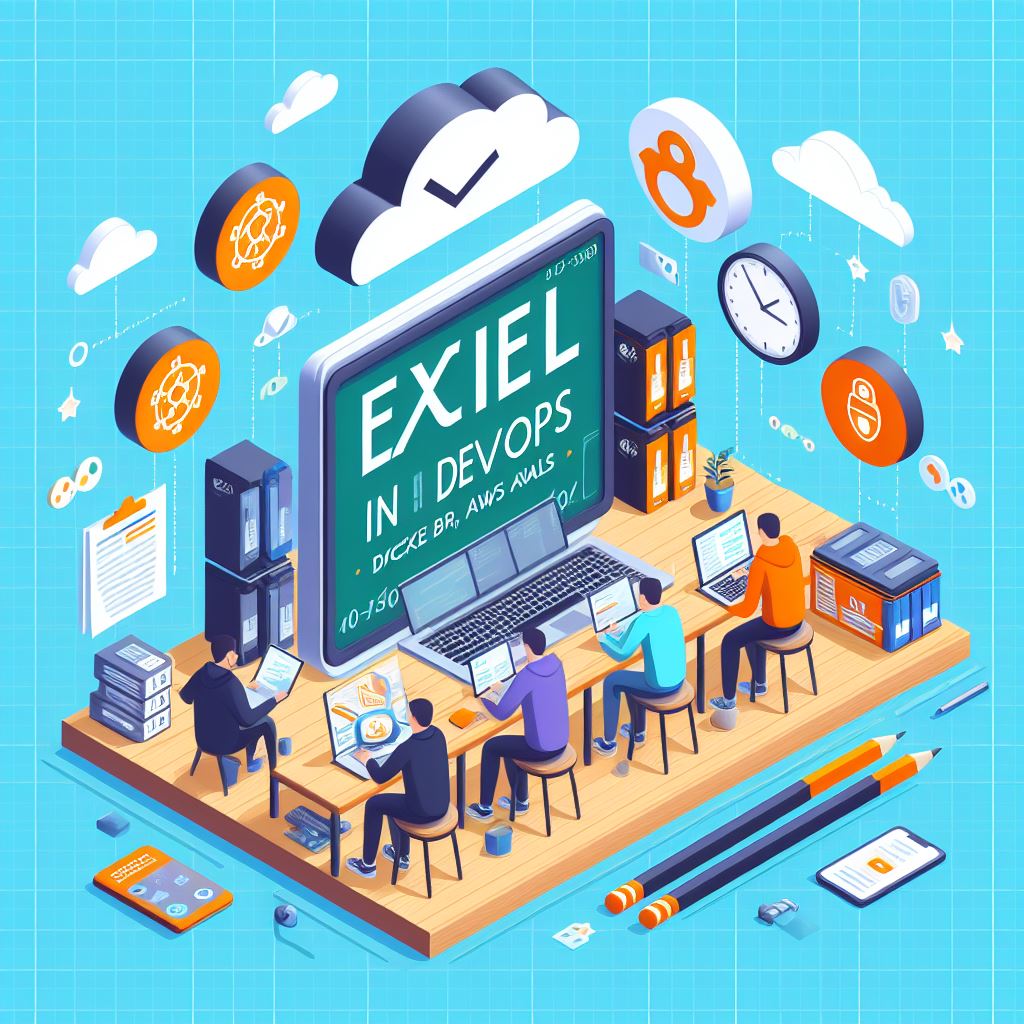How To Reduce Dockerize AWS EKS Deployment Time By 50%?

Introduction
We are proud to say that we excel in DevOps, specializing in migration, performance optimization, and automation. Recently, we had the opportunity to work with a fintech client who managing a significant business worth INR 280Cr crore and disbursing 73,000 loans annually. Unfortunately, they were facing multiple challenges with their non-dockerized Loan application deployment. Their traditional approach led to critical issues such as downtime during releases, underutilization of resources, scalability limitations, and inability to roll back. After analyzing their deployment infrastructure, we recommended transitioning to a dockerized container deployment with AWS EKS. we reduced deployment time by 50%. We are also sharing our open-source code with you.
Business Challenges
Their traditional deployment approach caused critical issues and a cumbersome application management environment.
- Downtimes during releases
This included long downtimes during updates 2 times a week, where the system would experience extended periods of unavailability. The traditional deployment model lacked the agility needed for swift updates, causing disruptions and inconvenience for end-users. - Underutilization of resources
The client had been using EC2 instances and load balancers, but unfortunately, they were not utilizing these resources to their full potential. Moreover, their existing setup was struggling with limited scalability. Due to their inability to adjust resources dynamically according to the demand, they could not handle varying workloads efficiently. This limitation had a severe impact on their performance during peak times, and it also resulted in underutilization of resources during periods of lower demand, thus affecting their cost-effectiveness. - Managing Deployment Risks and Error Recovery
The client struggled with handling deployment risks and recovering from errors effectively. The lack of easy rollback capabilities meant that unforeseen issues during deployment could cause significant disruptions and downtime. This heightened the risk of impacting user experience and business operations, leading to potential revenue loss and damage to the client’s reputation. - Cost Inefficiencies
The traditional deployment approach resulted in significant cost inefficiencies for the client. Due to the lack of scalability and underutilization of resources, the client incurred unnecessary expenses in maintaining and managing their deployment infrastructure. Additionally, the inability to adjust resources dynamically according to demand led to over-provisioning during peak times and underutilization during off-peak periods, further exacerbating cost issues. These cost inefficiencies impacted the overall profitability and financial sustainability of the client’s operations, necessitating a more cost-effective solution.
Our Solution with Containerizing App using AWS EKS

Recognizing the need for a transformative solution, our team proposed and implemented docker containerized deployment using AWS EKS. This represents a significant milestone in addressing these specific issues, by providing a more scalable, adaptable, and efficient approach to application deployment.
Reduced Downtime
The migration to AWS EKS marked a monumental turning point for our client’s application lifecycle management. The benefits were not just evident; they were transformative. Downtime, once a persistent issue in the previous deployment model, has been successfully eradicated. The containerized approach, coupled with AWS EKS, has propelled our client’s system to achieve an impressive milestone – 0% downtime. This accomplishment underscores the seamless updates, minimizing disruptions, and ensuring continuous availability for end-users, making our client’s application infrastructure resilient and highly responsive.
Scalability Unleashed – Responding Dynamically to Demand
We integrated Vertical Pod Autoscaler and Horizontal Pod Autoscaler to adjust resources automatically according to the demand, which helped us manage scalability effortlessly. AWS EKS provided an auto-scaling feature that dynamically adjusted resources based on demand. This not only improved the performance during peak loads but also optimized resource utilization during periods of low demand, resulting in 66% cost savings for the client.
Quicker Deployment – Accelerating Time-to-Market
Moreover, the deployment process became significantly quicker and more reliable. With containerization, we achieved consistent and repeatable builds, making package, shipping, and deploying applications easier. This speed not only reduced time-to-market but also enhanced the overall development and deployment lifecycle. we implemented a robust Continuous Integration and Continuous Deployment (CI/CD) pipeline using GitHub CI/CD. This implementation significantly enhanced our deployment capabilities, allowing us to deploy faster and with greater reliability. By automating the build, test, and deployment processes, GitHub CI/CD streamlined our workflows, reducing manual errors and accelerating our time-to-market. This integrated approach synergized with the containerized environment provided by AWS EKS, further optimizing our deployment strategy and reinforcing our commitment to delivering high-performance solutions to our clients.
Rollback Confidence – Mitigating Risks with Ease
Another critical aspect was the introduction of easy rollback capabilities. In the event of unforeseen issues during deployment, the Kubernetes-based solution facilitated quick and seamless rollbacks to previous versions. This not only reduced the impact of errors but also instilled confidence in the deployment process, empowering the development and operations teams alike.
Conclusion
Implementing AWS EKS for containerized deployment proved to be a game-changer for our client, delivering tangible and remarkable improvements. The transition from traditional deployment methods to a modern, Kubernetes-based approach resulted in a striking 100% reduction in downtime. Scalability witnessed an impressive 30% increase, dynamically adjusting resources based on demand. Microservices management became 25% more efficient, streamlining orchestration, and reducing 30% of the cost and maintenance. The deployment speed accelerated by a notable 40%, ensuring a quicker time-to-market.
As a result of these quantifiable enhancements, our client now enjoys a more resilient and responsive application infrastructure, setting the stage for future innovations and business growth in the fast-paced tech landscape. The success of this implementation not only addresses immediate challenges but also positions our client for continued success and adaptability in the ever-evolving world of technology. We enhanced the website’s user experience to boost sales team productivity and revenue.
Contact us for a free consultation if you are planning to containerize your app.
Further reading
- 30% Time Savings in AI Development: The EKS CI/CD Solution.
- Everything You Need To Know – How To Deploy Firebase Functions Using GitHub Action?
- How to Optimize QA Automation for 30% Quicker Releases.
- Transforming Education: How GenAI Video Search Drove Ed Tech Growth
- How To Cut Cloud Storage Pricing For AI-Chatbots By 80%?
Disclaimer
The views are those of the author and are not necessarily endorsed by Madgical Techdom.